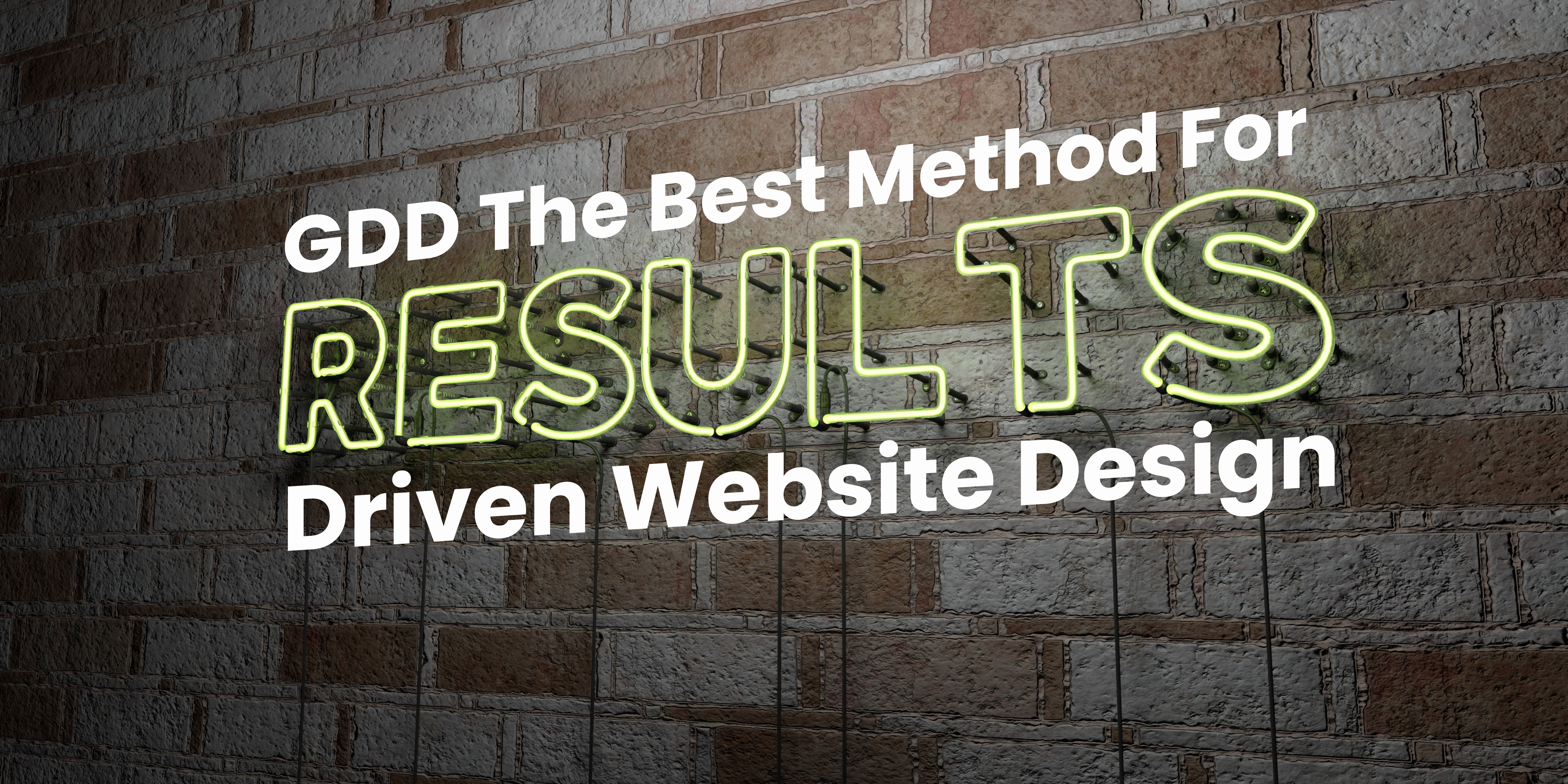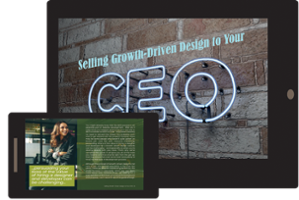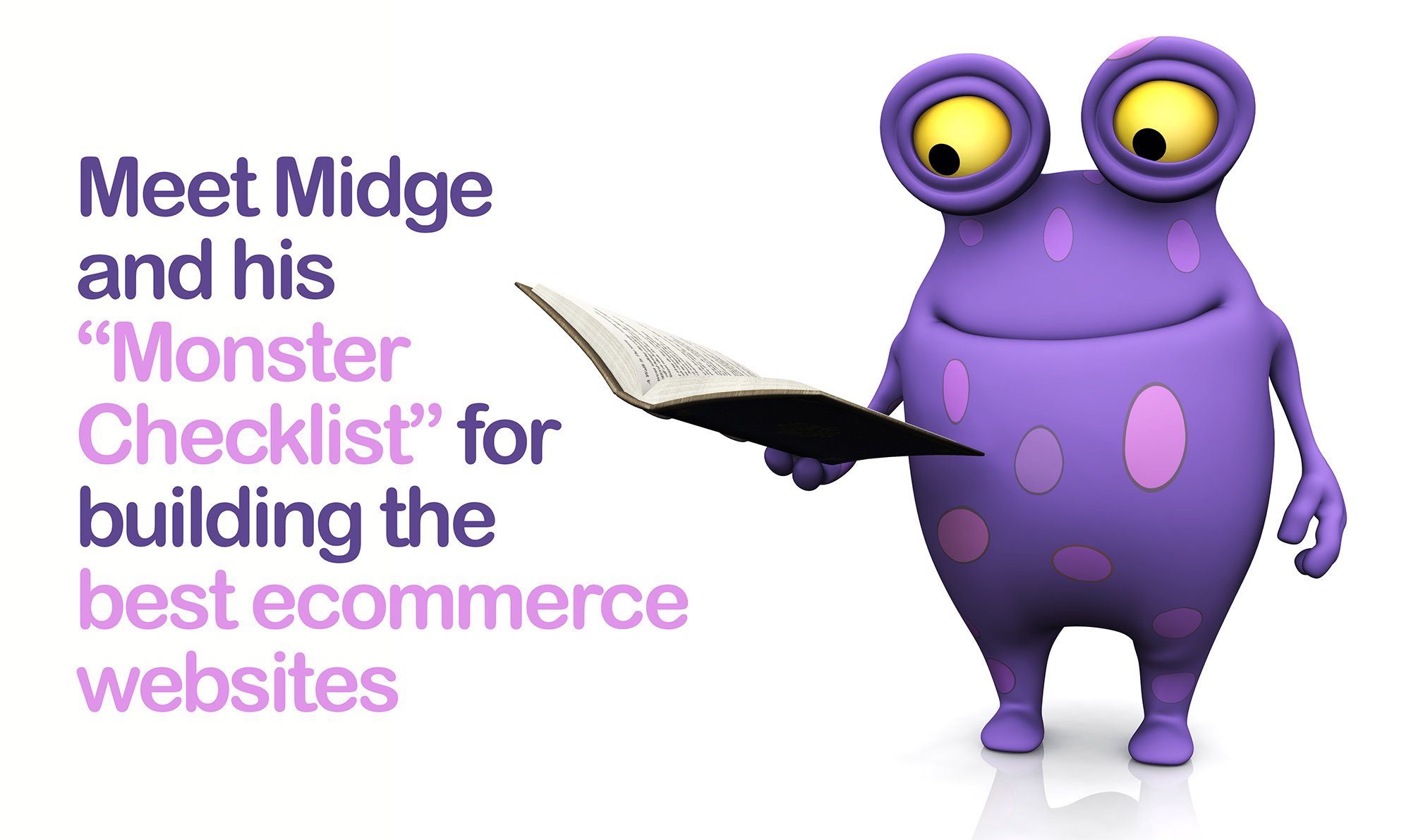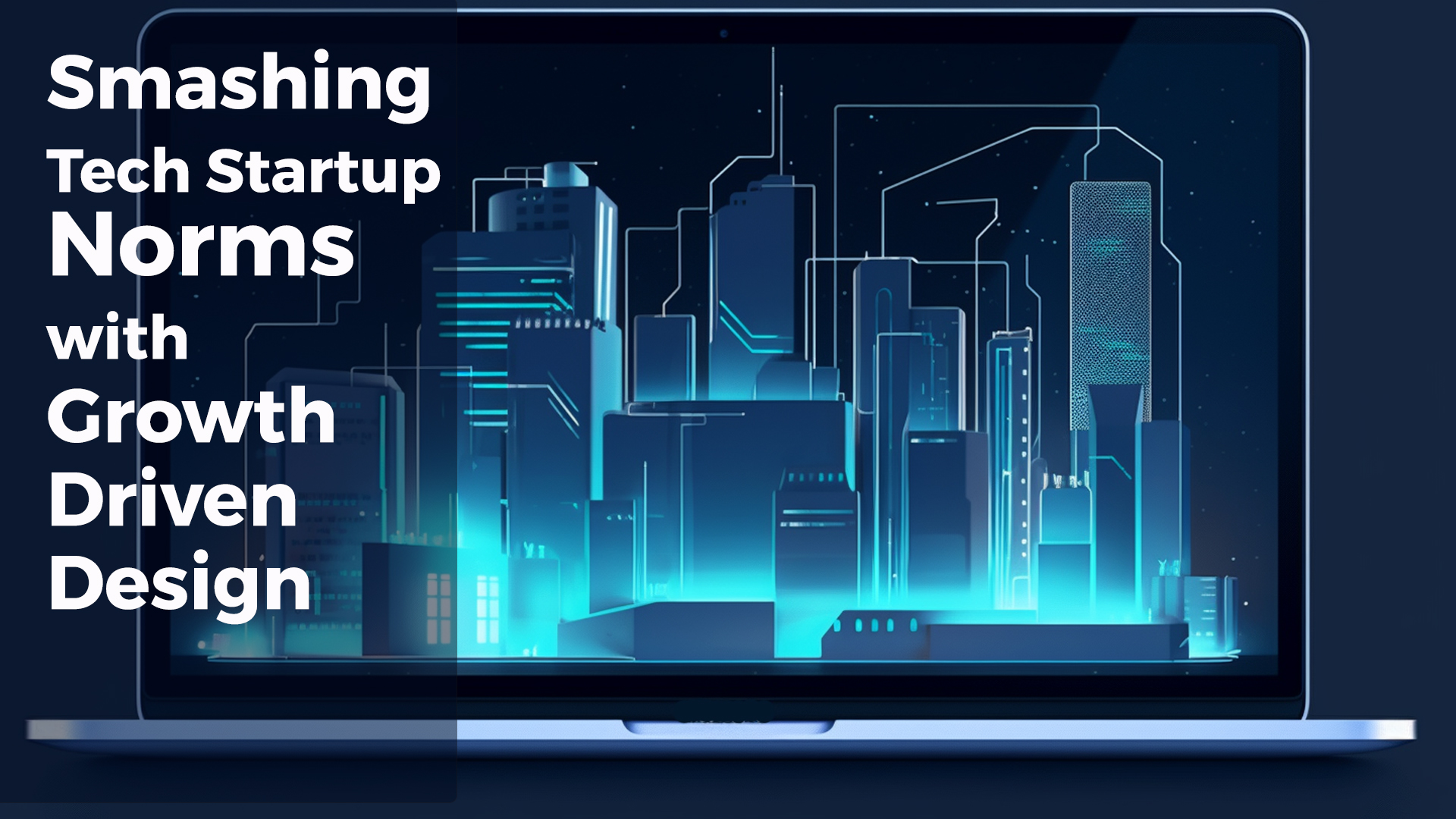Your website is crucial to the success of your business. It doesn't matter how big your business is, whether you are a small business start-up or a large multinational corporation.
As the hub of your marketing efforts, your website essentially functions as your sales representative by attracting visitors, converting them into prospects, and nurturing them until they become customers.
Sales-oriented websites are excellent at this, and they can close more sales with ease.
Generally, such sites are known as inbound sites since, thanks to their specific design, they are designed to generate leads.
A successful Inbound Website must demonstrate a clear strategy to convert users who browse your website into leads. It goes without saying that B2B websites need to pay attention to this.
Having said that, the question remains as to how we would go about turning a website into an Inbound lead generation one?
What Is The Growth-Driven Design?
A method that focuses on the continuous growth and improvement of a website, growth-driven design (GDD) has recently seen tremendous growth in the website design field. The flexibility of GDD ensures that a website can keep up with the latest sales and marketing trends, as well as search engine optimisation trends. Therefore, the growth-driven design allows you to easily and rapidly reformat the content of your website.
This leads us to explore the ways growth-driven design helps businesses transform their marketing AND of course drive their sales…
Achieving Growth With The Growth-Driven Design: The Whys And Hows
Growth-driven design means building websites faster, more efficiently, and more effectively. The process is ideally suited for creating inbound websites.
In less time, for less money, and with fewer headaches, GDD generates the most true-to-data website improvements.
The growth-driven design (GDD) strives to continuously improve your inbound website's design with ongoing monitoring, maintenance, and reiteration. It results in a highly-optimised and conversion-driven inbound website optimised to support your Inbound Marketing strategy.
Who Is GDD For?
The growth-driven design approach is proven to work, resulting in a significant sales increase. Growth-driven design can extract a lot of data from inside your website's analytics that almost screams for our attention. This data has multiple metrics regarding all the relevant factors concerning conversion, from the bounce rate to traffic sources to lead generation.
Since when did you give a particular web page a closer look and try to address the bounce rate?
Inbound Marketing And Growth-Driven Design
We are no longer in the age of traditional web design!
In the past, B2B company websites have traditionally been built based on their 'wish-list website designs'... resulting in websites focused primarily on the company, so generating leads and driving traffic were ineffective.
However, GDD, as a methodology, offers a solution to this outdated, inefficient process of website development by focusing on data and the client.
With GDD-driven inbound websites, you can customise your performance based on how visitors react. In general, the goal of marketing should be to meet prospects' needs by providing them with the information they need to solve their problems. To do this, it is important to define your buyer persona.
When it comes to Inbound Marketing, it must be optimised and run at its best to be effective. Therefore, your website design and content should be tailored to the needs of your buyer persona - what is their preferred method of purchase? Does this offer appeal to them? Are blogs relevant to them? Can they find the resource videos easily? And so on.
The Objectives Of A Growth-Driven Design
Here are some of the key questions The GDD website design experts usually require from companies to get started with the website design process:
- Is my overall conversion rate good enough?
- Which pages of my site have the most engagement with my personas?
- How large and complex is your inbound website?
- How does each persona convert? What is their buyer's journey?
- Have I implemented conversion paths on my website that lead to conversions?
- How will the site function on the back end? Do any of the features need to be prioritised?
- When do you need this completed? Would it be possible to launch a minimum viable product quickly, and then later build a phase two version of the site?
- How many personas will be routinely monitored?
- How large is your "Wish List"? Could you move it to phase two/three?
- What can I do to improve the experience of my visitors on my website?
- Do my CTAs have high clickthrough rates (CTRs) or are they poorly placed?
- In what ways is heat mapping useful for assessing and developing strategies?
- What are your goals with your website? How are the metrics tracked weekly to show that improvements have been made to the website?
Your website is a great resource for your business. You need to nurture it and manage it properly to keep it highly productive and efficient. A fully effective Inbound Website should be given all the love it deserves. It is then that your website will generate astonishing results resulting in more sales and an increase in profits.
Just like with inbound marketing, persuading others of the value of hiring a designer and developer for a Growth-driven design website can be challenging - and especially so when you’re dealing directly with your boss. That’s why we’ve compiled this guide: It will give you all of the tools you need to convince anyone right from the get-go that they should fork over some cash (and plenty of time) for this type of development process.





